Harlan Carroll, Vestibular Audiologist
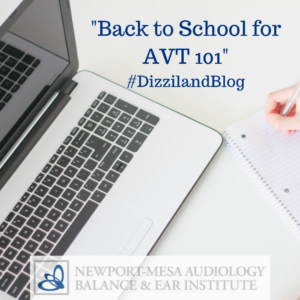
As the masses of students flock back to school, learning the educational fundamentals you’d expect, there is a buzz of anticipation in the air. Back to school brings about learning new academic subjects and other challenges, as well as opportunities to grow. Even if you’re done with your formal education, there is still always a lot to learn – especially surrounding your health.
A key element of your health, that is often underrated and misunderstood, is your vestibular system. Our doctors of audiology specialize in the complexities of the vestibular system, which involves the parts of the inner ear and brain that help control our balance and eye movements. If it becomes damaged by disease, aging, or injury, vestibular disorders can result – benign paroxysmal positional vertigo (BPPV), migraine-associated vertigo, neuritis, vestibulopathy and motion sensitivity. Symptoms of vestibular disorders include: dizziness, vertigo, imbalance, spatial disorientation, visual disturbances, hearing loss, cognitive and psychological impairment.
As you can imagine, our vestibular system is complex, but we will provide you with a basic overview to increase your understanding. We’ll call this lesson ‘AVT 101’ – an introductory overview on Advanced Vestibular Treatment, our proprietary process for how we successfully diagnose and treat vestibular dysfunction in over 90% of our patients.
As one of the leading vestibular audiology practices in the nation, with two convenient locations in Orange County, we are unique in that we have the ability to diagnose and treat our patients in the same place; without needing to jump around to different offices.
Diagnosing
When you call our office, our Patient Services Team will discuss your symptoms with you, verify your insurance coverage for diagnosis and treatment and schedule you for your initial evaluation with one of our doctors of audiology. If it requires a referral from your primary physician, our team will discuss all the logistics with you.
On the day of your evaluation, a doctor of audiology will review your symptoms, in addition to your complete health history. Your comprehensive diagnosis appointment will take about four hours to complete, as we test all ten end organs of the inner ear (five in each ear), in both static and dynamic states (stationary and moving). We conduct non-invasive diagnostic tests using multiple pieces of technologically advanced equipment, with short breaks between each test.
If you live out of the Orange County area, you can still undergo diagnostic testing in either our Newport Beach or Ladera Ranch office. Following your comprehensive diagnosis, your doctor of audiology will review some treatment options with you. Recently, we’ve developed a method of AVT that patients can do from the comfort of their home, which is outlined below.
Treatment
Your test results will be thoroughly analyzed to determine any vestibular system deficits. A summary report will also be sent to your referring physician, if applicable. If your diagnostic testing indicates you have a treatable vestibular dysfunction, your audiologist will create a personal, customized AVT plan. There are two possible scenarios that will determine your ideal method of personalized treatment. We offer a conventional, in-office AVT option, which involves treatment in the clinic two times a week for an average of six weeks. Alternatively, if you are from outside the area, we offer patients the option to receive Remote AVT, which may include the use of virtual reality (VR) to treat your vestibular disorder. We supply you with all the necessary equipment and instructions to make it as simple and convenient as possible.
For our out-of-town patients, we have developed a way for you to have your evaluation and a few AVT treatments over the course of a week while in the area, then completing remote AVT from the comfort of your home, while your doctor of audiology oversees your treatment progress.
Some of the technologically advanced equipment and processes we utilize to facilitate your vestibular rehabilitation include:
- Rotational Chair Testing – We are among a select few from across the country who have this technology. It tests the patient’s ability to see objects clearly during routine head movement. Doctor assesses the Vestibular Ocular Reflex (VOR), the horizontal semicircular canal and superior division of the vestibular nerve. Patient wears goggles while the chair rotates at slow and moderate speeds.
- Epley Omniax® System – We have three of the only 19 of these in the United States. It supports precise diagnostic testing and treatment plans designed to reduce or eliminate feelings of dizziness and vertigo. Part of comprehensive evaluation of inner ear/vestibular system. In treatment, it aligns the patient’s semicircular ear canal with the gravitational pull of the earth to realign the canal.
- CDP | Computerized Dynamic Posturography – Tests ability to maintain upright posture in different conditions, and looks at information provided by patient’s muscles, joints, eyes and inner ears. Involves standing on a platform with a safety harness.
- BERTEC/CDP – Combines immersive virtual environments with dual-balance force plate technology. For patients suffering from dizziness, balance problems and/or motion sensitivity, training with immersive, virtual stimuli which increases motivation, adaptability and variability.
- VNG | Videonystagmography – Monitors vestibular system through recorded eye movements that may signal abnormality. Patient wears infrared video goggles to record eye moments while in different positions.
- VEMP | Vestibular Evoked Myogenic Potential – Determines how specific areas of the inner ear, inferior division of vestibular nerve and central connections are intact and working normally. Patient wears electrodes while in a comfortably reclined position.
- vHIT | Vestibular Head Impulse Test – Uses small, quick movements of the head to evaluate reflex function and how well the eyes and ears work together. Eye movements are monitored.
- Home-Based System for Treatment of Vestibular Dysfunction – This new treatment technology was developed by our Institute and is patent pending. It allows a patient to undergo treatment from the comfort of home with virtual reality (VR) goggles and customized AVT plan administered by one of our doctors of audiology.
Your doctor will track your progress throughout and adjust treatment as necessary. AVT will conclude once you’re back to a more balanced life and you’ll be deemed ‘Graduated’! If you are like our thousands of other AVT graduates, you will come to love our team of clinicians and staff who ensure you receive the best and most compassionate care. Read their success stories.
Your commitment to Advanced Vestibular Treatment is a commitment to your overall health and balanced life. Eventually you may graduate from AVT too and get back to the activities and lifestyle you enjoyed before your vestibular disorder. We hope you decide to take the first step in living a dizzy free, balanced life and contact our Patient Services Team.
“Class dismissed!”
References: VeDA https://vestibular.org

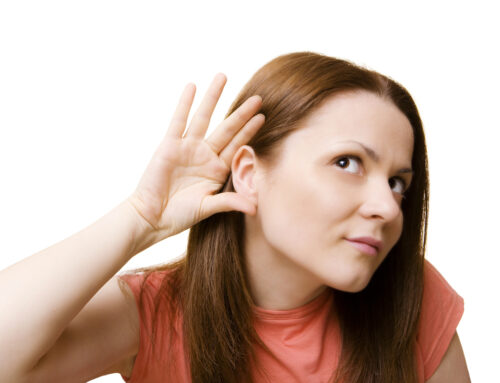
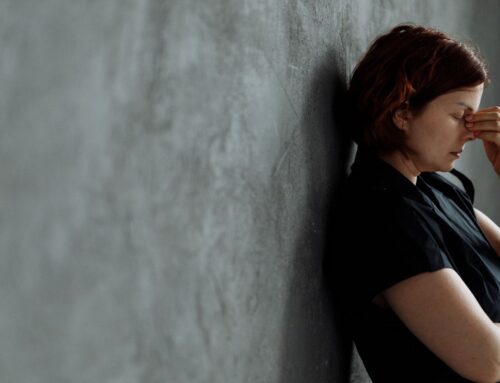
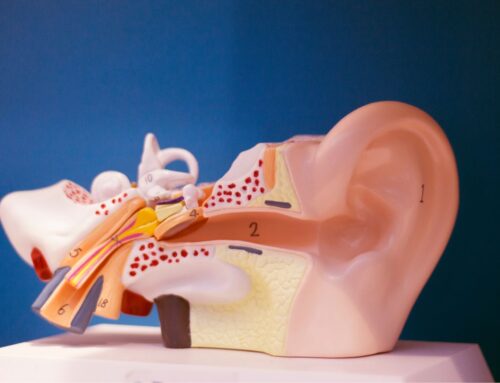
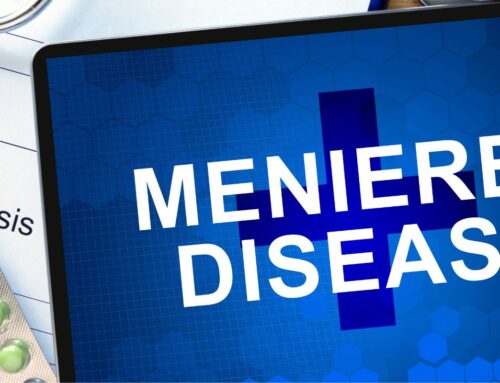

Leave A Comment